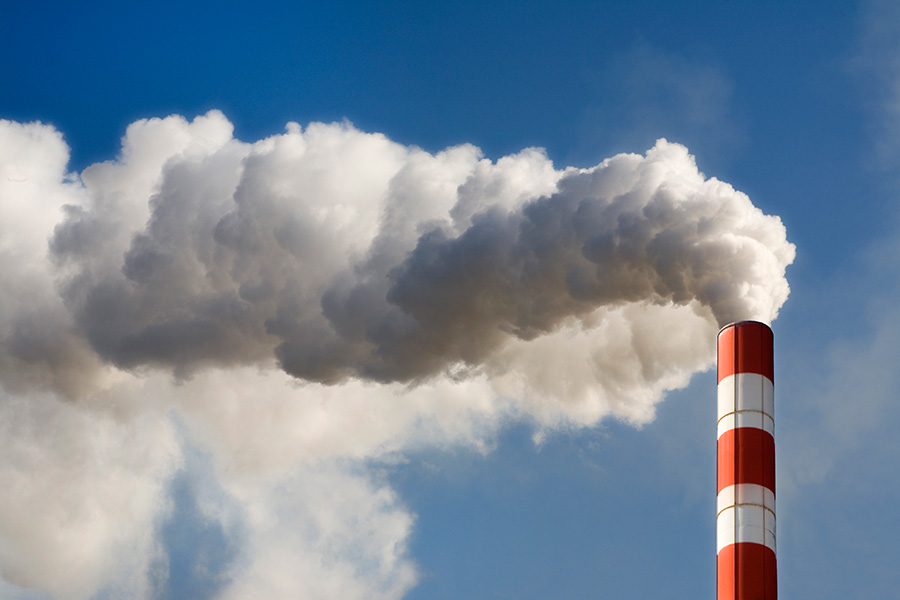
While building back better we need #naturenow
This op-ed was originally published in The Hill Times on December 9, 2020.
Going forward, we need to protect spaces, elevate understanding of their value, consider natural environments in mitigation and infrastructure, and expand natural climate solutions to increase their contribution to the climate challenges Canada faces.
Pre-pandemic, the climate crisis was already critical. The Intergovernmental Panel on Climate Change had released its landmark report, the United Nations had declared 2020 a “Nature Super Year,” and a record number of communities across Canada declared climate states of emergencies.
COVID-19 may have slowed our pace of life and created a temporary dip in emissions, but our need to address the climate challenge is still very much alive and urgent.
The federal government’s recent Throne Speech highlighted a resiliency agenda for the nation that focuses on building back better, including increasing green spaces, protecting more of Canada’s lands and oceans, and using nature-based solutions to fight climate change. Canada’s forests, land, water, and oceans are critical natural resources. If we are to meet our emission reduction goal of 30 per cent (compared to 2005 levels) by 2030 and net-zero emissions by 2050, we need to leverage nature as an ally. Our natural resources are key to natural climate solutions (NCS).
Natural climate solutions are nature-based approaches that result in avoided and captured greenhouse gas (GHG) emissions. Globally they are gaining momentum. China recently tabled a “Nature-Based Solutions for Climate Manifesto” and New Zealand is supporting a Nature-Based Solutions Coalition.
Canada, too, is moving in this direction. In February 2020, government, private sector, and conservation leaders convened to discuss the potential for NCS in Canada. In the recent Throne Speech, Canada committed $2-billion to plant two billion trees by 2030. This is in addition to the approximate 600 million trees planted across Canada each year.
While trees are the planet’s ultimate carbon capture system, they are only part of what nature has to offer. NCS involves not just the restoration of ecosystems, but also includes nature-based approaches for management and protection of the land-based ecosystems we already have.
Peatlands, for example, which cover three per cent of the planet’s surface, store twice as much carbon dioxide as the world’s forests. Luckily, Canada houses the world’s largest peatland ecosystems covering 12 per cent of our total land area. They are estimated to have the capacity to store 150 billion tonnes of carbon.
Additionally, with the longest coastline in the world, preserving Canada’s coastal ecosystems can help foster a huge blue carbon sink, removing carbon dioxide from the atmosphere through a natural process. Coastal wetlands have the potential to capture more carbon dioxide per unit area than any other natural system and could capture more carbon dioxide as sea-levels rise. Atlantic Canada alone has approximately 287 square kilometres of salt marsh habitat. Protecting these pristine ecosystems can result in huge gains for our low-carbon future.
In addition to their potential to reduce Canada’s carbon footprint, a focused approach to NCS offers a many other synergistic benefits. Protecting vital wildlife habitat, supporting the United Nation’s Sustainable Development Goals, increasing our collective resiliency to climate change, and improving food and water security are all examples of these benefits. Not only that, NCS has low maintenance costs.
Using cost-effective solutions, NCS has the potential to provide up to 37 per cent of the greenhouse gas emission reductions required for us to keep global temperatures below a two degree rise by 2030. But there is a catch. The longer we delay, the less potential NCS has for reducing greenhouse gas emissions. If we wait until after 2030, the potential drops from a 37 per cent reduction of emissions to 33 per cent. As the amount of time shrinks before taking action, so does the impact.
While we are making strides both globally and within Canada, NCS only take up a small amount of public discussion and only three per cent of public funding for emissions reductions. For solutions that can offer more than one-third of the greenhouse gas emission reductions required to meet our goals by 2030, that’s not enough awareness or investment.
Going forward, we need to protect spaces, elevate understanding of their value, consider natural environments in mitigation and infrastructure, and expand NCS to increase its contribution to the climate challenges Canada faces.
Our success depends on leveraging nature’s contribution to our climate resiliency. We need #naturenow.





Comments